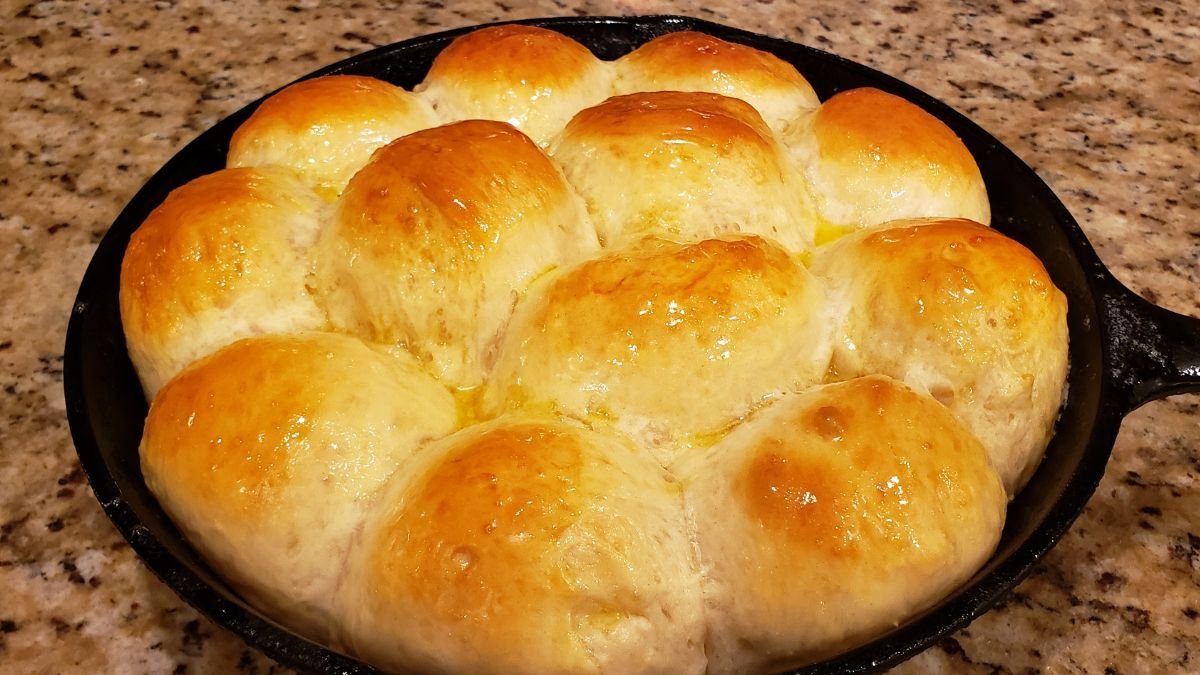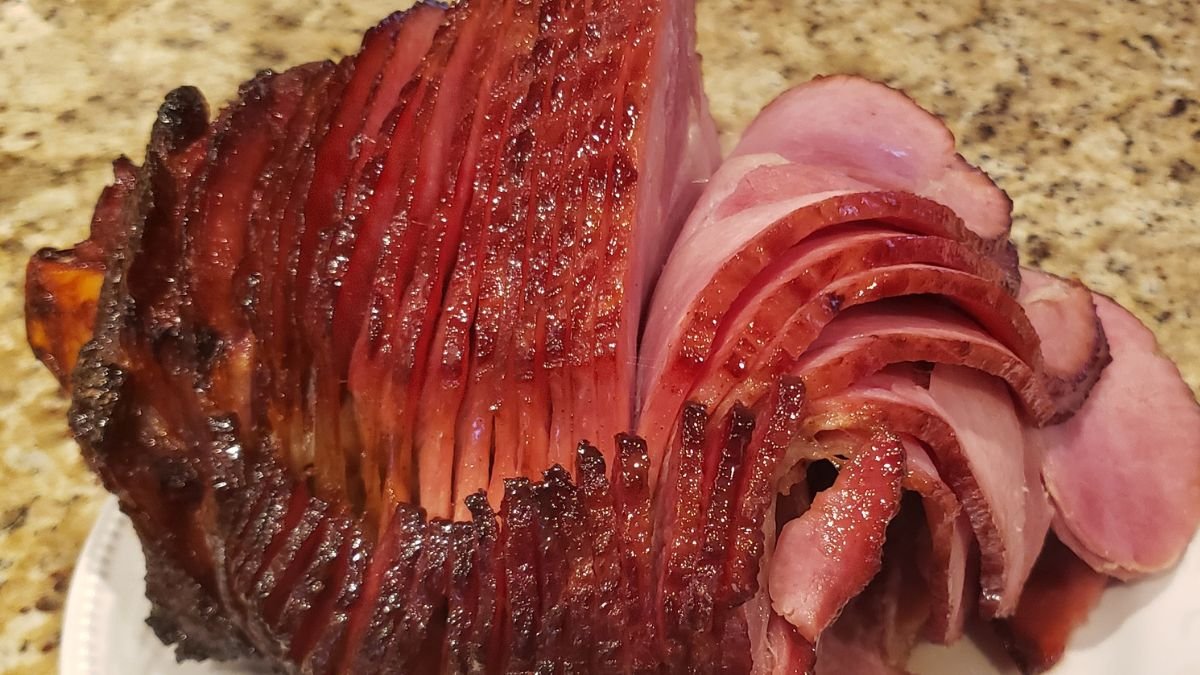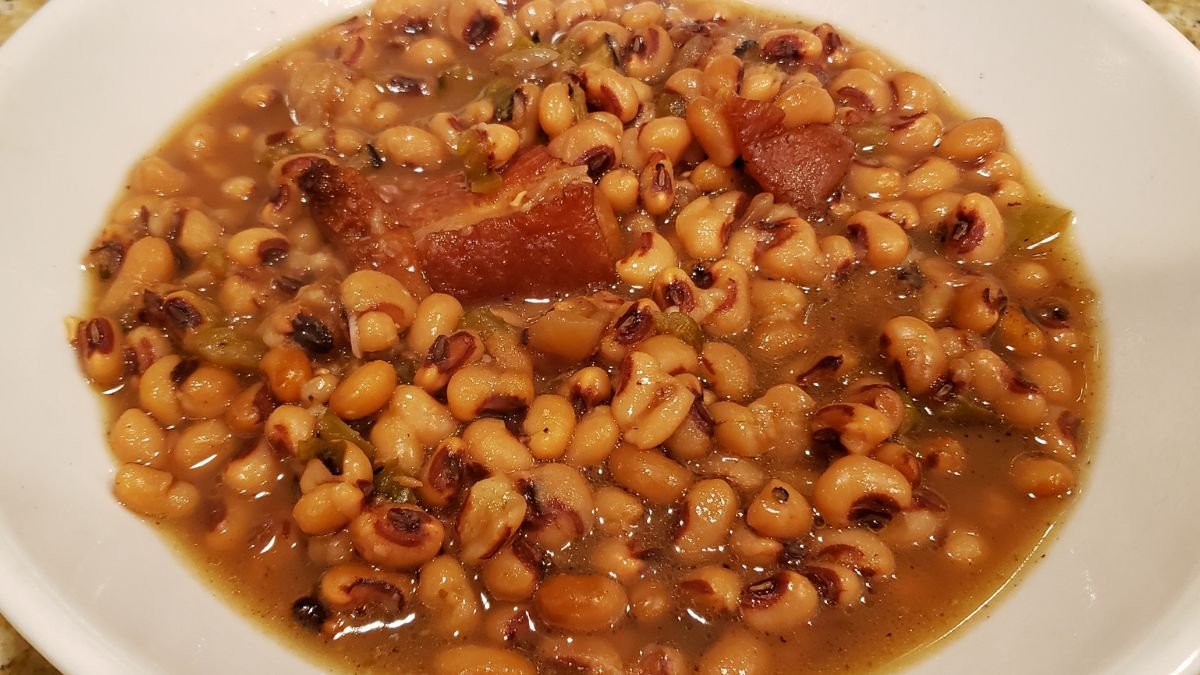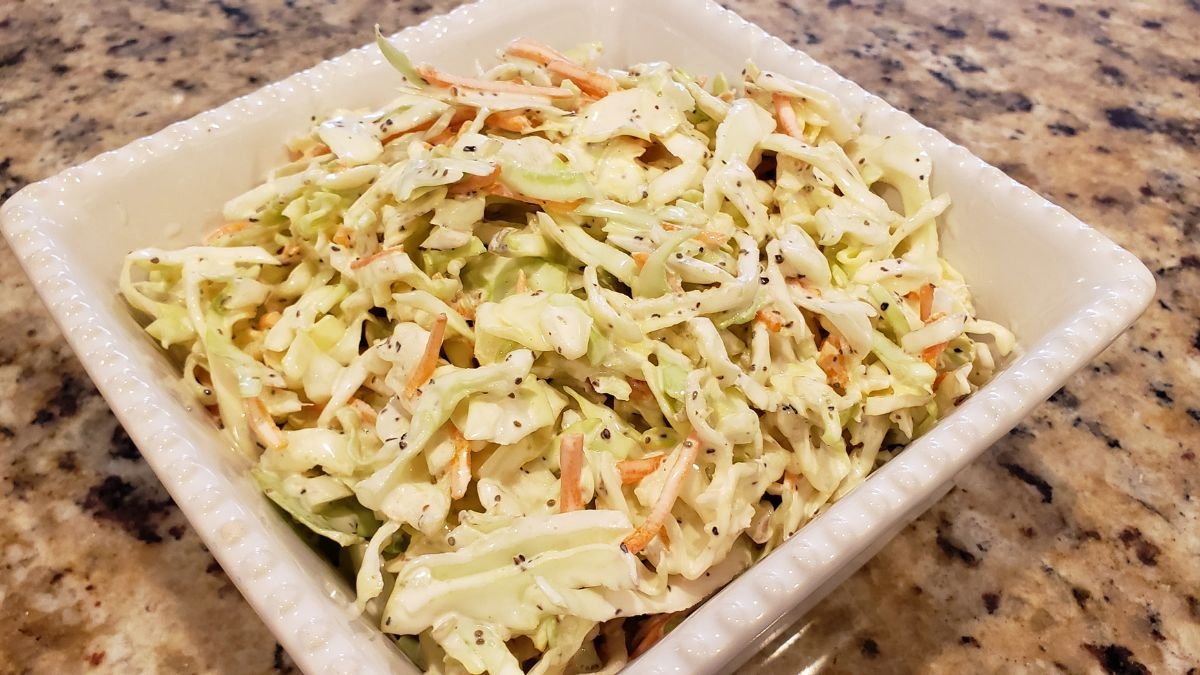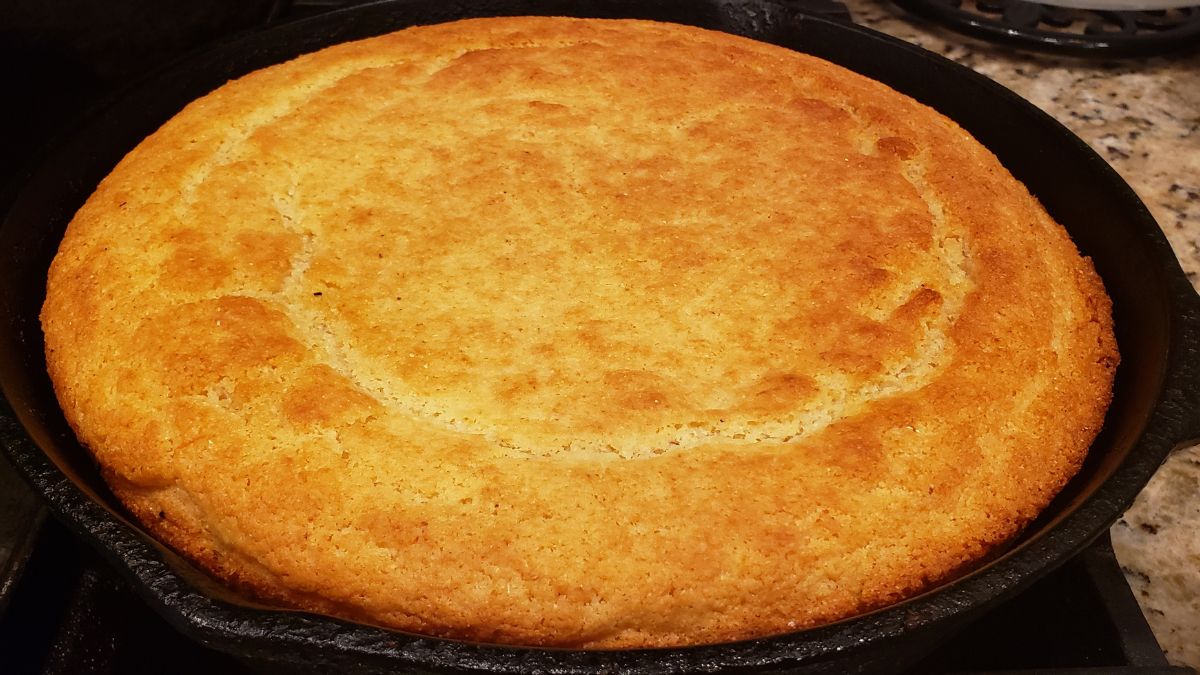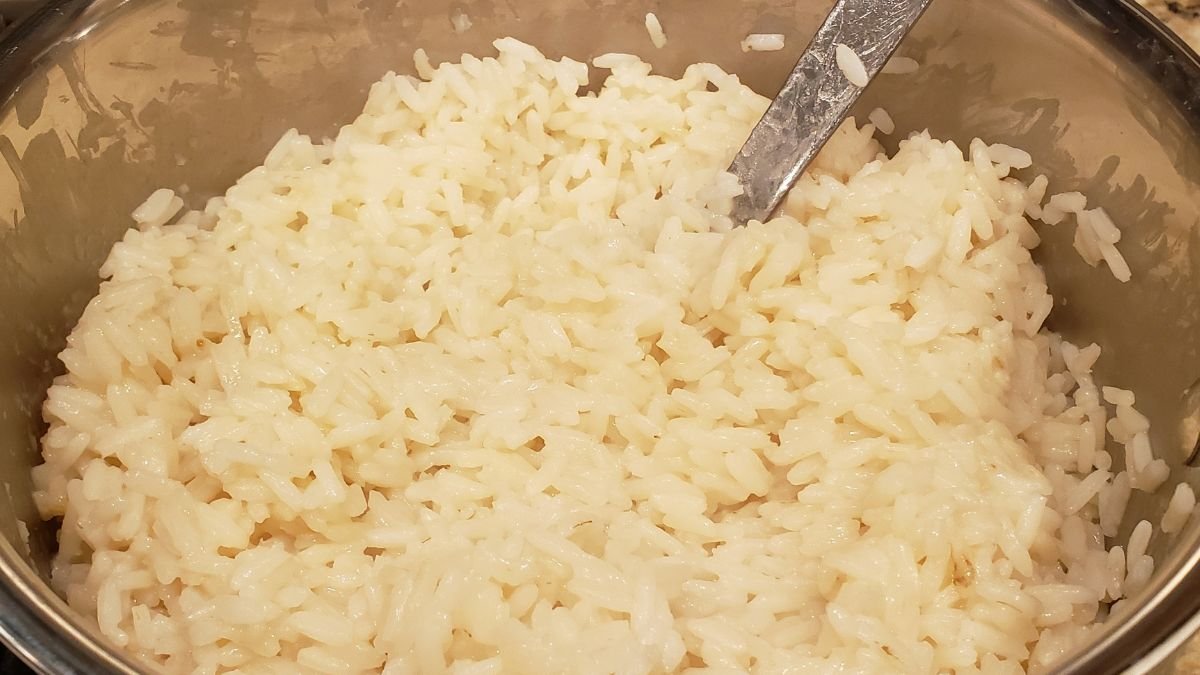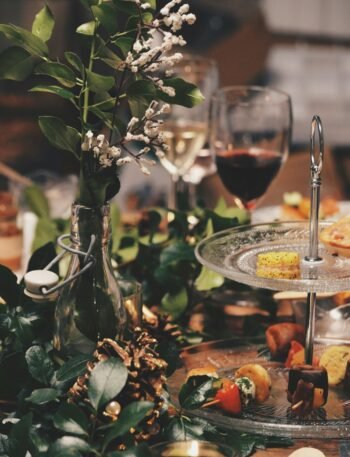Introduction to New Year’s Day Traditions
- Introduction
- The History of New Year's Day
- Why New Year's Day Is Popular in the U.S.
- Food Traditions of New Year's Day
- Current Food Trends for New Year's Day
- Tips for Hosting a Memorable New Year's Day Celebration
- Recipes to Elevate Your New Year's Table
- Bringing It All Together: The Spirit of New Year's Day
Introduction
New Year’s Day, celebrated on January 1st, is more than just the beginning of a new calendar year—it’s a chance to start fresh, reflect on the past, and look forward to the future. Across the globe and in the United States, it’s a day steeped in cultural, emotional, and culinary traditions. Food, in particular, plays a central role in how people welcome the new year, with dishes symbolizing everything from luck and prosperity to longevity and health.
From hearty black-eyed peas to decadent brunch spreads, New Year’s Day is a feast for the senses. In this post, we’ll explore the history of the holiday, its unique traditions, and how modern trends are transforming the way we celebrate this cherished day.
The History of New Year’s Day
The celebration of New Year’s Day has ancient roots, dating back over 4,000 years to the Babylonians, who held a massive festival called Akitu. This 12-day event marked the start of their calendar year in the spring, coinciding with the planting season. For the Babylonians, the new year was a time to honor the gods, reaffirm loyalty to their king, and make promises—an early version of today’s New Year’s resolutions.
In 46 BCE, Julius Caesar reformed the Roman calendar, introducing the Julian calendar that established January 1st as the official start of the year. This date was chosen in honor of Janus, the Roman god of beginnings, transitions, and duality, often depicted with two faces looking to the past and future. Romans celebrated with feasts, sacrifices, and exchanging gifts like branches from sacred trees as tokens of good fortune.
In the United States, the holiday gained prominence after the adoption of the Gregorian calendar in 1582, but it wasn’t always widely embraced. Puritans in colonial America disapproved of the festive indulgence often associated with the day. However, as time passed, New Year’s Day became a mainstream celebration, evolving into a day for reflection, resolutions, and community.
Fun Historical Detail: The iconic New Year’s ball drop in Times Square began in 1907 as a creative alternative to fireworks, which had been banned for safety reasons.
Why New Year’s Day Is Popular in the U.S.
New Year’s Day resonates deeply with Americans for its themes of hope, renewal, and opportunity. It’s a time when people set aside their worries to focus on personal growth and meaningful connections. The cultural emphasis on self-improvement aligns perfectly with New Year’s resolutions, a tradition that continues to thrive.
The holiday also serves as a bridge between the end-of-year festivities and the start of something new. Families gather for meals, friends toast with champagne, and communities come together to watch parades and fireworks. Iconic events like the Rose Parade in Pasadena and college football bowl games have become synonymous with New Year’s Day, adding to its appeal.
A sense of optimism drives the day’s popularity. Americans embrace the idea that the new year is a clean slate, a chance to leave behind the challenges of the past year and look forward to fresh opportunities.
Survey Insight: According to a recent study, 70% of Americans view New Year’s Day as an essential holiday for family bonding, with food and shared traditions playing a key role.
Food Traditions of New Year’s Day
Food is at the heart of New Year’s Day celebrations, with dishes steeped in symbolism and tradition. Many of these foods are believed to bring good luck, prosperity, or health in the coming year.
- Black-Eyed Peas and Greens: In the South, black-eyed peas symbolize coins, while collard greens represent paper money. Eating them together is thought to attract financial prosperity. This tradition traces back to the Civil War, when Union soldiers left black-eyed peas as a food source, which Southerners began to view as a lucky staple.
- Pork: Associated with progress and wealth, pork is a popular dish in many cultures. The reasoning? Pigs root forward when foraging, symbolizing forward motion.
- Cornbread: Its golden hue represents wealth and abundance. Many families prepare it alongside greens and pork for a well-rounded New Year’s feast.
- Grapes: In Spain and Latin America, eating 12 grapes at the stroke of midnight is believed to bring good fortune, with each grape representing a month of the year.
Global traditions also influence American celebrations. In Japan, long soba noodles are eaten to symbolize longevity, while Italians enjoy lentils as a representation of wealth.
Current Food Trends for New Year’s Day
As food traditions evolve, New Year’s Day menus are becoming more diverse and accommodating to modern lifestyles.
- Health-Conscious Alternatives
- Many households are shifting towards plant-based or low-calorie versions of classic dishes. Vegan collard greens cooked with smoked paprika instead of bacon and black-eyed pea salads with fresh herbs are trending choices.
- Elevated Brunch Menus
- Brunch has become a popular way to celebrate New Year’s Day. Dishes like egg strata, smoked salmon platters, and mimosa bars are perfect for a relaxed yet festive gathering.
- Fusion Flavors
- American kitchens are embracing global influences, such as black-eyed pea curry or pork tacos with spicy collards. These dishes reflect the cultural diversity of the U.S.
- Convenience and Technology
- Meal delivery kits and grocery apps are simplifying holiday preparations. Popular platforms like HelloFresh and Instacart make it easy to plan a New Year’s menu with minimal stress.
- Social Media-Worthy Creations
- Instagram-worthy dishes, such as sparkling desserts or charcuterie boards shaped like the number “2024,” are gaining traction among younger generations.
Tips for Hosting a Memorable New Year’s Day Celebration
- Prep in Advance: Assemble casseroles or desserts the day before to minimize stress.
- Create an Interactive Experience: Add fun elements like a DIY mimosa bar or a “Wish Jar” where guests can write down their hopes for the year.
- Incorporate All Diets: Offer vegetarian, gluten-free, and low-carb options to ensure everyone feels included.
- Keep It Simple: Opt for one-pot dishes or slow cooker recipes that allow you to spend less time in the kitchen and more time with guests.
Recipes to Elevate Your New Year’s Table
- Black Eyed Peas and Ham Hocks
- Cherry Glazed Ham
- Southern Collards Greens
- Hot Buttered Cornbread
- Champagne Sorbet with Fresh Berries
These recipes combine tradition with modern flair, ensuring your New Year’s Day table is both delicious and meaningful.
Bringing It All Together: The Spirit of New Year’s Day
New Year’s Day is more than just a holiday—it’s a celebration of hope, connection, and renewal. Through cherished traditions and evolving trends, it continues to bring people together, reminding us of the joy found in simple moments and shared meals.
What are your favorite New Year’s Day traditions? Share them in the comments below, and explore our recipe section for more inspiration!
Discover more from In The Kitchen With Vic
Subscribe to get the latest posts sent to your email.


